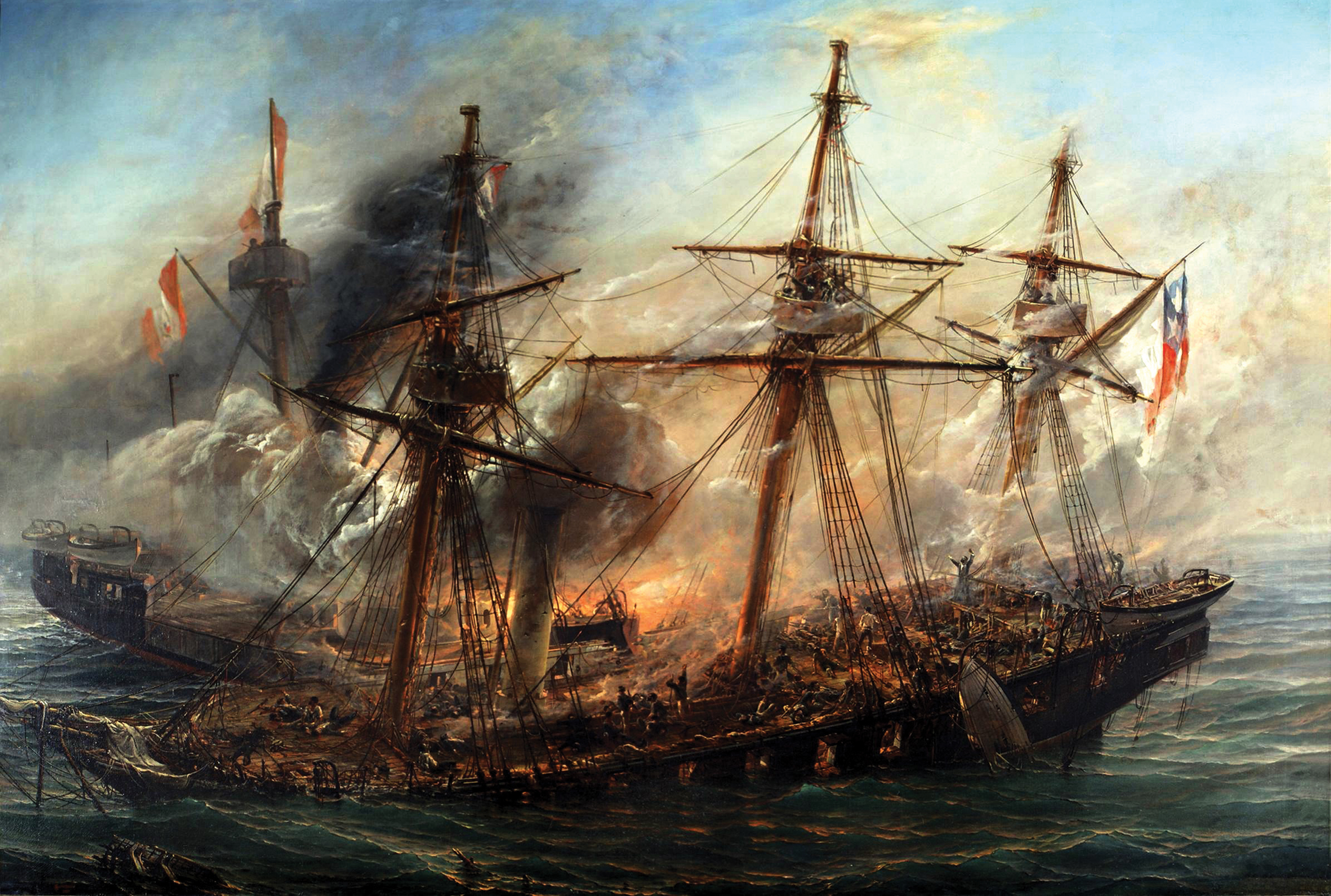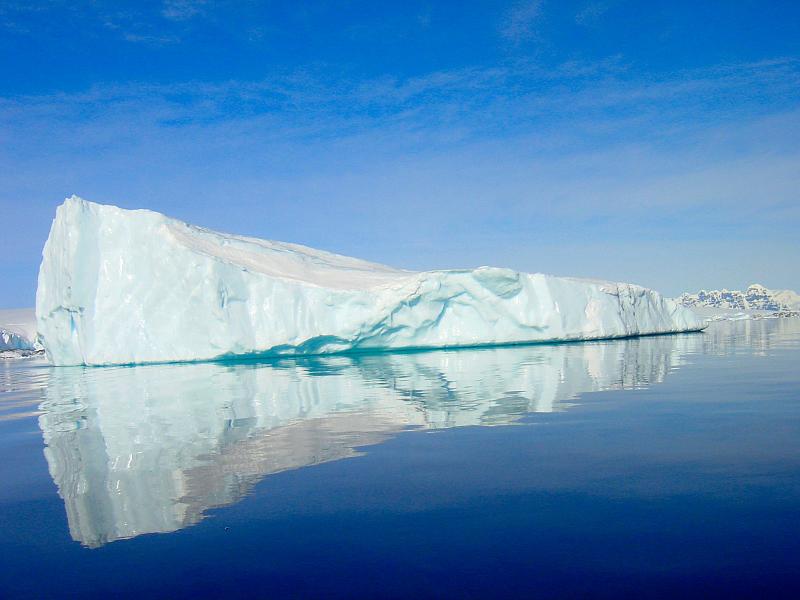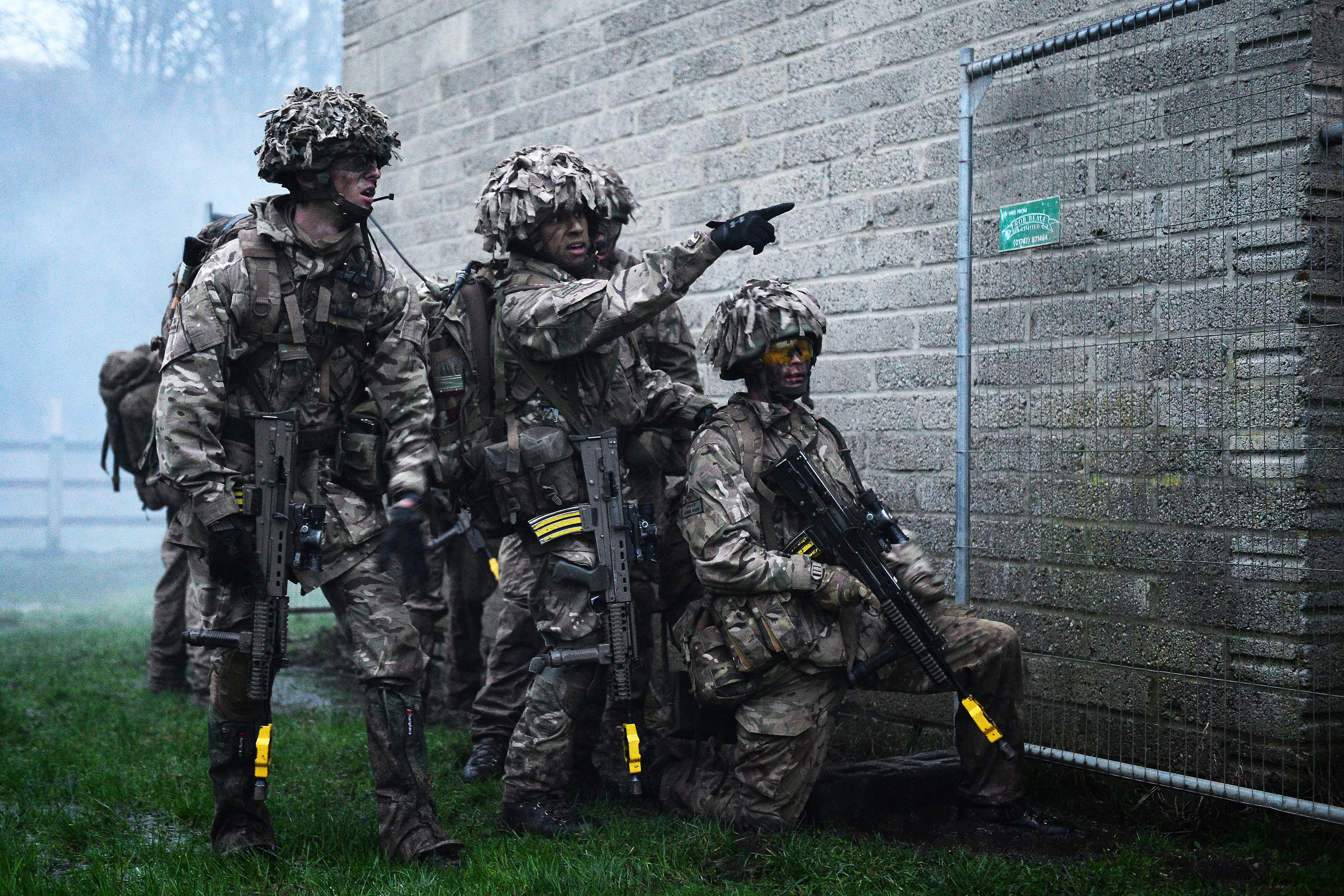|
Mk IV Helmet
Mk IV helmet is a combat helmet that was used by the British Army in the 1950s to 1980s. It replaced the Mk III helmet and became the British Army's last metal helmet when it was replaced by the composite material Mk 6 helmet in 1985. Design The Mark IV helmet was a modified design of the Mk III helmet The Mk III Helmet is a steel military combat helmet that was first developed for the British Army in 1941 by the Medical Research Council. First worn in combat by British and Canadian troops on D-Day, the Mk III and Mk IV were used alongside th ... with the chinstrap rivet moved down the bottom of the helmet shell as well as the introduction of a lift the dot style fastener for the inner liner. References External links Mk IV helmetat world-war-helmets.com {{Armour-stub Combat helmets of the United Kingdom Cold War military equipment of the United Kingdom British Army equipment Military equipment introduced in the 1950s ... [...More Info...] [...Related Items...] OR: [Wikipedia] [Google] [Baidu] |
Mk III Helmet
The Mk III Helmet is a steel military combat helmet that was first developed for the British Army in 1941 by the Medical Research Council. First worn in combat by British and Canadian troops on D-Day, the Mk III and Mk IV were used alongside the Brodie helmet for the remainder of the Second World War. It is sometimes referred to as the "turtle" helmet by collectors, because of its vague resemblance to a turtle shell, as well as the 1944 pattern helmet. Design The Mark III helmet was designed to provide better protection for the side of the head than its predecessor. It was a deeper helmet with a smaller brim and provided 38% more protection than the Mark II, particularly at the sides (total area of head protection was increased by 12%, horizontal protection was increased by 15% and from items falling from overhead by 11%). The Mark III helmet was issued primarily to assault troops for the Normandy invasion in June 1944, and a large number of helmets from British stocks were issu ... [...More Info...] [...Related Items...] OR: [Wikipedia] [Google] [Baidu] |
Casque Canadien Mk
Casque is a French word for helmet. It can refer to: * Casque (anatomy), an enlargement on the beaks of some species of birds, including many hornbills * Hornbill ivory, the casque of the helmeted hornbill, collected as a decorative material * S. C. H. "Sammy" Davis (1887–1981), a motor-racing journalist who used the pen name ''Casque'' * ''Casque''-class destroyer, French Navy ships built between 1910 and 1912 See also * Casque and Gauntlet Casque and Gauntlet (also known as C&G) is the second-oldest of the twelve senior societies at Dartmouth College. C&G was founded in 1886, just after the Sphinx, and moved to its current location at 1 South Main Street in 1893. The house was ..., a senior society at Dartmouth College * Cask (other) * Kask (other) * CASC (other) * KASC (other) {{disambiguation ... [...More Info...] [...Related Items...] OR: [Wikipedia] [Google] [Baidu] |
Combat Helmet
A combat helmet or battle helmet is a type of helmet. It is a piece of personal armor designed specifically to protect the head during combat. Modern combat helmets are mainly designed to protect from shrapnel and fragments, offer some protection against small arms, and offer a mounting point for devices such as night-vision goggles and communications equipment. History Helmets are among the oldest forms of personal protective equipment and are known to have been worn by the Akkadians/ Sumerians in the 23rd century BC, Mycenaean Greeks since the 17th century BC, the Assyrians around 900 BC, ancient Greeks and Romans, throughout the Middle Ages, and up to the end of the 17th century by many combatants. Their materials and construction became more advanced as weapons became more and more powerful. Initially constructed from leather and brass, and then bronze and iron during the Bronze and Iron Ages, they soon came to be made entirely from forged steel in many s ... [...More Info...] [...Related Items...] OR: [Wikipedia] [Google] [Baidu] |
British Army
The British Army is the principal land warfare force of the United Kingdom, a part of the British Armed Forces along with the Royal Navy and the Royal Air Force. , the British Army comprises 79,380 regular full-time personnel, 4,090 Gurkhas, and 28,330 volunteer reserve personnel. The modern British Army traces back to 1707, with antecedents in the English Army and Scots Army that were created during the Restoration in 1660. The term ''British Army'' was adopted in 1707 after the Acts of Union between England and Scotland. Members of the British Army swear allegiance to the monarch as their commander-in-chief, but the Bill of Rights of 1689 and Claim of Right Act 1689 require parliamentary consent for the Crown to maintain a peacetime standing army. Therefore, Parliament approves the army by passing an Armed Forces Act at least once every five years. The army is administered by the Ministry of Defence and commanded by the Chief of the General Staff. The British ... [...More Info...] [...Related Items...] OR: [Wikipedia] [Google] [Baidu] |
Mk 6 Helmet
The Mk 6 helmet is a type of combat helmet that was the standard of the British Armed Forces as well as another supplied helmet of the UN during peacekeeping operations. The Mk 6 replaced the Mk IV helmet (more correctly titled – Helmet Steel MK IV, General Service) in army service and the RAC helmet in naval service. The jump in MK numbers is thought due to the confusion surrounding the MK IV helmet using the MK V lining, introduced in 1959. The MK 6, introduced into service from the 1980s, is designed to accept modern ear protection, Bowman personal radios, and respirators. The helmet is manufactured by NP Aerospace, and is reported to have an "almost unlimited service life" by the manufacturer. The helmet in its default configuration is a dark green. The army use covers to camouflage the helmet and adapt it to different environments. Covers include the British Disruptive Pattern Material in temperate, woodland and desert patterns, multicam pattern, Disruptive Pattern Comb ... [...More Info...] [...Related Items...] OR: [Wikipedia] [Google] [Baidu] |
Combat Helmets Of The United Kingdom
Combat (French for ''fight'') is a purposeful violent conflict meant to physically harm or kill the opposition. Combat may be armed (using weapons) or unarmed ( not using weapons). Combat is sometimes resorted to as a method of self-defense, or can be used as a tool to impose one's will on others. An instance of combat can be a stand-alone confrontation or a small part of a much larger violent conflict. Instances of combat may also be benign and recreational, as in the cases of combat sports and mock combat. Combat may comply with, or be in violation of local or international laws regarding conflict. Examples of rules include the Geneva Conventions (covering the treatment of people in war), medieval chivalry, the Marquess of Queensberry rules (covering boxing) and several forms of combat sports. Hand-to-hand combat Hand-to-hand combat (melee) is combat at very close range, attacking the opponent with the body (striking, kicking, strangling, etc.) and/or with a melee we ... [...More Info...] [...Related Items...] OR: [Wikipedia] [Google] [Baidu] |
Cold War Military Equipment Of The United Kingdom
Cold is the presence of low temperature, especially in the atmosphere. In common usage, cold is often a subjective perception. A lower bound to temperature is absolute zero, defined as 0.00K on the Kelvin scale, an absolute thermodynamic temperature scale. This corresponds to on the Celsius scale, on the Fahrenheit scale, and on the Rankine scale. Since temperature relates to the thermal energy held by an object or a sample of matter, which is the kinetic energy of the random motion of the particle constituents of matter, an object will have less thermal energy when it is colder and more when it is hotter. If it were possible to cool a system to absolute zero, all motion of the particles in a sample of matter would cease and they would be at complete rest in the classical sense. The object could be described as having zero thermal energy. Microscopically in the description of quantum mechanics, however, matter still has zero-point energy even at absolute zero, because ... [...More Info...] [...Related Items...] OR: [Wikipedia] [Google] [Baidu] |
British Army Equipment
This is a list of equipment of the British Army currently in use. It includes small arms, combat vehicles, aircraft, watercraft, artillery and transport vehicles. The British Army is the principal land warfare force of the United Kingdom, a part of British Armed Forces. Since the end of the Cold War, the British Army has been deployed to a number of conflict zones, often as part of an expeditionary force, a coalition force or part of a United Nations peacekeeping operation. To meet its commitments, the equipment of the Army is periodically updated and modified. Programs exist to ensure the Army is suitably equipped for both current conflicts and expected future conflicts, with any shortcomings in equipment addressed as Urgent Operational Requirements (UOR), which supplements planned equipment programmes. Infantry section equipment The British infantry section consists of eight soldiers who are normally organised into two four-soldier infantry fireteams. While equipment fo ... [...More Info...] [...Related Items...] OR: [Wikipedia] [Google] [Baidu] |





